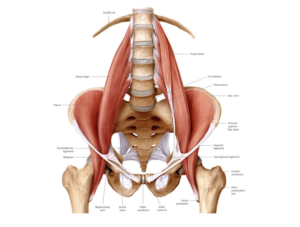 The PSOAS muscle (pronounced SO-as) may be the most important muscle in your body because it is the primary connector between your torso and your legs. The health of your PSOAS plays a significant role in your posture and helps to stabilise your spine.
The PSOAS muscle (pronounced SO-as) may be the most important muscle in your body because it is the primary connector between your torso and your legs. The health of your PSOAS plays a significant role in your posture and helps to stabilise your spine.
The moment your PSOAS goes out of balance, it will inevitably result in pelvic and low back pain, so it is imperative that you learn more about it and understand how to prevent and treat any pain associated with it.
What is the PSOAS?
The PSOAS is a muscle located deep in your hip, and is a very important muscle to consider if experiencing lower back or hip pain.
The PSOAS muscle is located at the very back of the abdomen. It runs down and forward, crossing the outer edge of each side of the pelvis and then moves back again to attach on the thigh bone.
Although this article refers to the PSOAS, each person has two PSOAS – one on each side of your body. The PSOAS muscle is composed of two parts called “major” and “minor”.
In a group of muscles known as the “Hip Flexors”, the PSOAS major is the strongest and largest muscle of them all. Working together, the Hip Flexors all contract to pull both the torso and thighs towards each other.
Hip flexors tend to become short and tight when a person spends most of their time sitting. These muscles can also be short and tight if a person continually exercises in activities such as bicycling, sit-ups, and weight-lifting training.
Why is the PSOAS so important?
With most of us working from home these days more and more and spending less time on our feet commuting or walking around at work, it is imperative that we look into rehabilitating our PSOAS muscle.
Having a tight PSOAS can lead to serious postural issues. These postural issues often cause lordosis (a condition that causes overarching in the lumbar spine), which is a common cause of lower back stiffness and pain. If the problem is left untreated, it contributes to arthritis in the joints of the lumbar facet.
On the other hand, an overstretched and weak PSOAS muscle can also postural problems. In this case, the pelvis is pushed towards the knees and chest. This misalignment is characterized by tight hamstrings, which pull down on the sitting bone. The misalignment, in turn, creates a vertical sacrum (rather than its regular gentle forward tilt) and then flattens the lumbar spine.
Remember, spines are curved for a reason, and without this curve, the low back is vulnerable to injuries and weak, especially the intervertebral discs.
It is essential to learn ways to stretch and engage this massive muscle for the maximum benefit, a healthy lifestyle and posture.
Release, stretch and strengthen
You need to assess the PSOAS muscle and release any tightness within the fibres (i.e. the muscle knots). By releasing the knots, the muscle will elongate and be able to stretch easier. The greater length of the muscle will eventually decrease the pull on its origin and insertion points helping to return to normal function.
Often this is where people will stop because they feel better but to really make a difference it is important that you continue to strengthens the muscle. Below are included the areas to release with a trigger point diagram.
Watch this video for stretches


This video is really excellent for learning more about this:
https://www.youtube.com/watch?v=Agc2mOW4p1U&feature=emb_logo
Competition – Win Your Own Pso-Rite
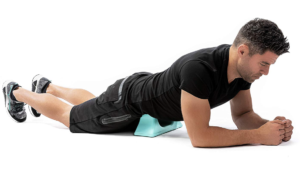
We are thrilled to be partnering up with Pso-Rite, the first and only self massage tool designed to release tightness in your PSOAS muscle, to offer three people their very own Pso-Rite!
Enter the competition on our Instagram page here: https://www.instagram.com/findrugbynow/
Winners will be announced on Friday, 12 February 2021.
What does the PSO-RITE do?
- Increases circulation, relaxation and warmth to the muscles, and increases mobility.
- The PSO-RITE is used for muscle lengthening and joint decompression, which enhances physical performance.
- It also adds range of motion by releasing tension in the muscle allowing the joint to have more space, increasing mobility/movement.
How do you use PSO-RITE?
The Pso-Rite can be used on the Hip flexors, the PSOAS, lower back, shoulder, neck etc.








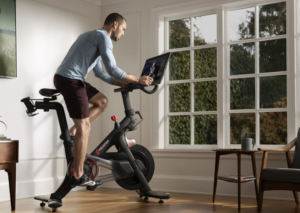 When most people hear the word “Peloton” they think of an expensive black bike with shiny red buttons and that controversial commercial where the husband gifted his wife a Peloton for Christmas.
When most people hear the word “Peloton” they think of an expensive black bike with shiny red buttons and that controversial commercial where the husband gifted his wife a Peloton for Christmas.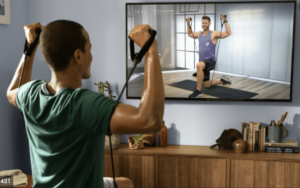 If the app interests you, Peloton is currently offering a 30 day FREE TRIAL, so why not give it a try? Check it out
If the app interests you, Peloton is currently offering a 30 day FREE TRIAL, so why not give it a try? Check it out 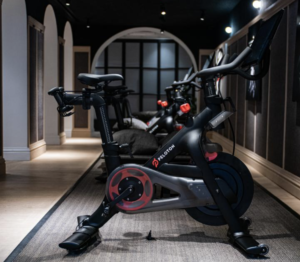
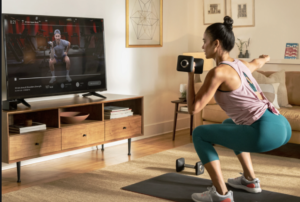
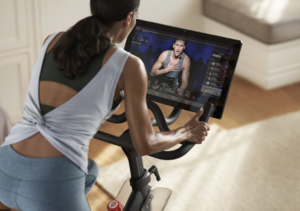 This article would not be complete, however, if we did not acknowledge some of the delivery issues that have been plaguing Peloton over the last year. Most of the delivery issues seem to affect U.S. deliveries, however, the UK deliveries have been affected as well.
This article would not be complete, however, if we did not acknowledge some of the delivery issues that have been plaguing Peloton over the last year. Most of the delivery issues seem to affect U.S. deliveries, however, the UK deliveries have been affected as well.







